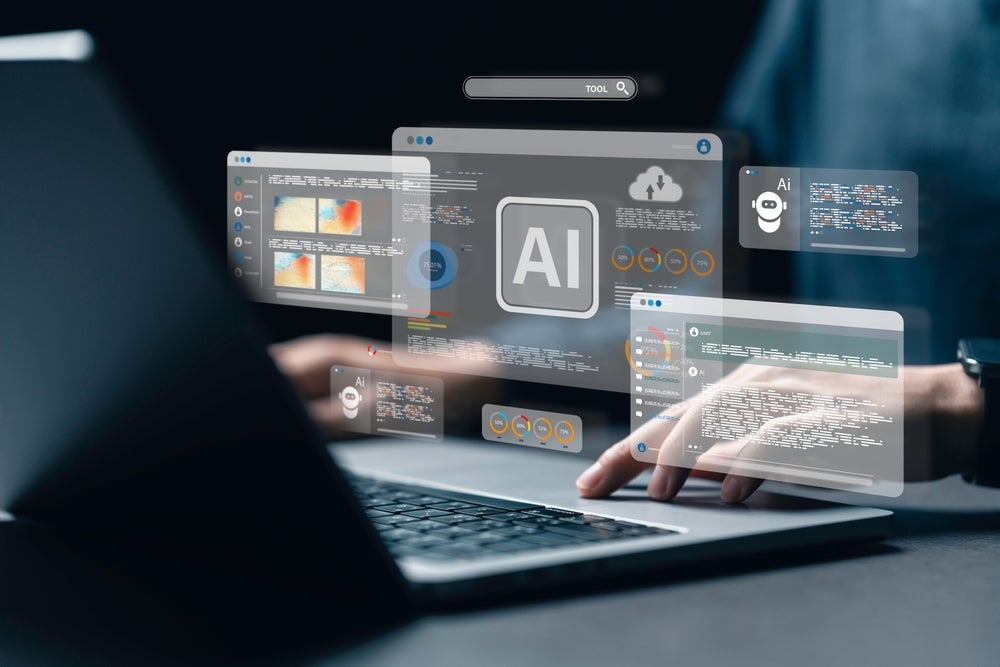As artificial intelligence (AI) continues to transform various industries, the importance of AI risk management tools becomes increasingly evident. For creative professionals and businesses alike, understanding these tools is crucial to ensure the safe and effective deployment of AI technologies. By leveraging these tools, we can mitigate potential risks associated with AI algorithms and systems, ensuring they operate within ethical and safe boundaries. The journey of exploring these tools not only empowers individuals but also fortifies organizational structures.

Understanding AI Risk
Before delving into specific tools, it’s essential to grasp the concept of AI risk. These risks can range from data privacy issues, algorithmic biases, to unintended consequences stemming from AI decisions. As AI becomes more autonomous, the complexity of these risks grows, requiring robust management strategies to mitigate potential negative impacts.
Types of AI Risks
AI risks can be broadly categorized into several types:
- Ethical Risks: Concerns about decision-making fairness and transparency.
- Operational Risks: Issues related to system failures or malfunctions.
- Compliance Risks: Challenges in adhering to regulations and standards.
Key Tools for AI Risk Management
There are several tools and techniques that can help in managing AI risks effectively. These tools are designed to address various aspects of AI systems, from development to deployment, ensuring they function as intended.
1. Risk Assessment Frameworks
Risk assessment frameworks serve as a foundation for identifying potential risks in AI systems. They help organizations systematically evaluate the likelihood and impact of risks, facilitating informed decision-making. These frameworks often include guidelines and best practices to follow, ensuring comprehensive risk analysis.
2. Bias Detection and Mitigation Tools
Bias in AI algorithms can lead to unfair outcomes. Tools designed for bias detection and mitigation analyze AI models to identify and correct biases. This ensures that AI systems make decisions based on equitable and unbiased data.
3. Data Privacy Tools
With the increasing amount of data used by AI systems, safeguarding personal information is paramount. Data privacy tools help protect sensitive data, ensuring compliance with regulations like GDPR. They provide mechanisms for anonymizing data and managing user consent effectively.
4. Explainability and Transparency Tools
For AI systems to gain trust, they must be explainable and transparent. Tools that enhance explainability allow users to understand how AI systems make decisions. This transparency is crucial for building trust and ensuring accountability.
5. Continuous Monitoring and Auditing Tools
AI systems require continuous monitoring to ensure they operate within desired parameters. Monitoring and auditing tools provide real-time insights into AI performance, enabling quick responses to any anomalies or deviations.
Implementing AI Risk Management in Organizations
For organizations, implementing robust AI risk management strategies is essential. This involves integrating these tools into existing workflows and ensuring employees are trained to use them effectively. A culture of risk awareness and proactive management can significantly reduce potential AI-related issues.
Training and Awareness
Training employees on AI risks and management tools is crucial. By fostering a culture of awareness, organizations can empower their workforce to identify and mitigate risks proactively.
Integrating AI Tools with Existing Systems
Seamlessly integrating AI risk management tools with existing systems ensures that they are utilized effectively. This integration can lead to improved efficiency and a more comprehensive approach to risk management.
The Future of AI Risk Management
As AI continues to evolve, so too will the tools and techniques for managing its risks. The future will likely see advancements in AI risk management tools, making them more sophisticated and capable of addressing emerging challenges. Staying informed about these developments is crucial for organizations and individuals leveraging AI technologies.
Emerging Trends
Future trends in AI risk management include the use of advanced analytics and machine learning to predict and prevent potential risks before they occur.
Adapting to Changes
Organizations must remain agile and adaptable to changes in AI technologies and risk management practices. This adaptability will be key to maintaining a competitive edge and ensuring the safe deployment of AI systems.
Conclusion
The journey of understanding and implementing AI risk management tools is ongoing. As we continue to innovate and harness the power of AI, these tools will play a pivotal role in ensuring that AI systems are safe, ethical, and effective. For creative professionals and businesses, embracing these tools is not just a necessity but an opportunity to lead in the AI-driven world.

FAQs
- What is AI risk management?
AI risk management involves identifying, assessing, and mitigating potential risks associated with AI systems. It ensures that AI technologies operate safely and ethically.
- Why is bias detection important in AI?
Bias detection is crucial because it ensures that AI systems make fair and unbiased decisions, promoting equality and preventing discrimination.
- How can organizations implement AI risk management tools?
Organizations can implement AI risk management tools by integrating them into their existing systems, training employees, and fostering a culture of risk awareness.
For more insights into the impact of AI, visit AI in Finance and AI Reshaping Financial Services.
To learn more about AI applications, check out Algorithmic Trading, Smart Grids, and Wealth Management on AutoFX.






